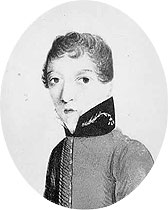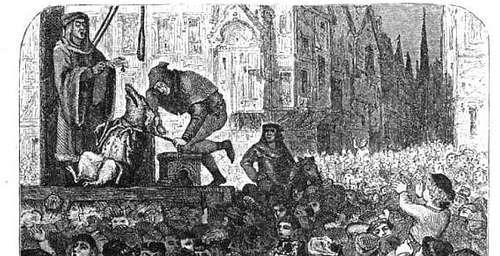Quite recently in China fifteen wooden idols were tried and condemned to decapitation for having caused the death of a man of high military rank. On complaint of the family of the deceased the viceroy residing at Fouchow ordered the culprits to be taken out of the temple and brought before the criminal court of that city, which after due process of law sentenced them to have their heads severed from their bodies and then to be thrown into a pond. The execution is reported to have taken place in the presence of a large concourse of approving spectators and ‘amid the loud execrations of the masses,’ who seem in their excitement to have ‘lost their heads’ as well as the hapless deities.
— E.P. Evans, The Criminal Prosecution and Capital Punishment of Animals, 1906




